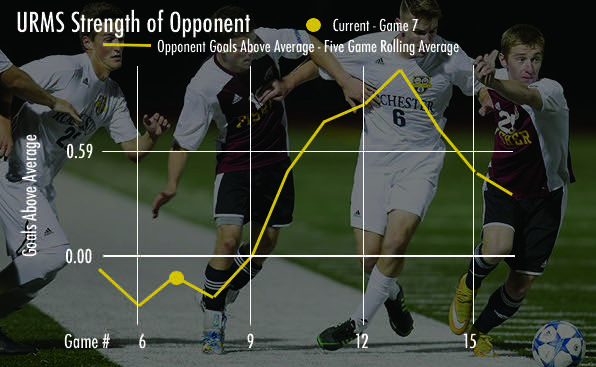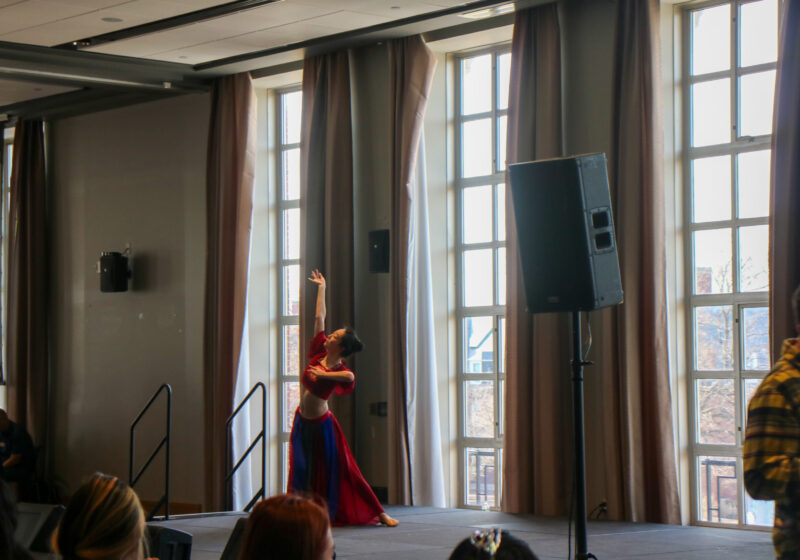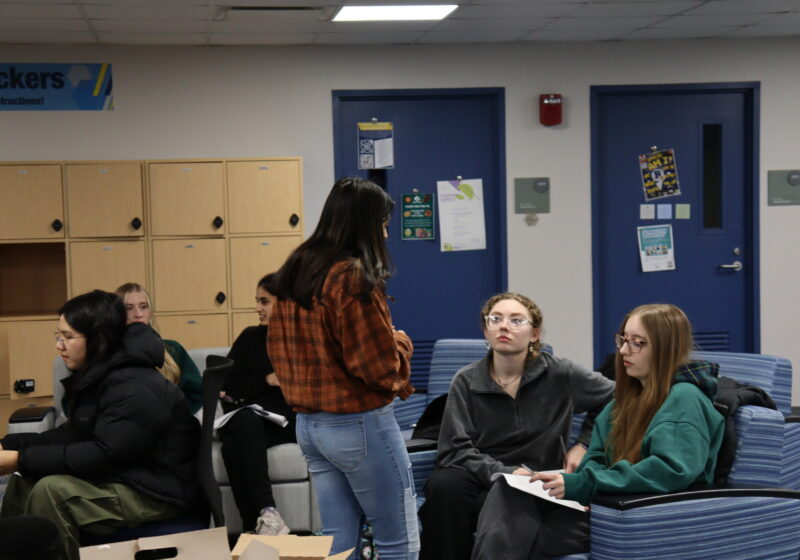UR Men’s Soccer (URMS) protected their undefeated title with a 2–1 victory over St. John Fisher (1–6–1) on last Tuesday, coming back in the second half from a 0–1 deficit. The ‘Jackets also tied RPI on Saturday in a battle of the defenses.
Against the Fisher Cardinals, Junior Aleks Dombrowski and freshman Mitch Volis scored second-half goals off assists from junior Geoffrey Rouin and senior Jeff Greblick as the Yellowjackets (6–0, ranked #10 in a Division III coaches poll) took advantage to dominate in their first away game of the season. Their game at St. John Fisher was the first of seven away games the ‘Jackets are slated to play in their final eleven contests.
But game location alone doesn’t paint the full picture of the challenges that await UR.
To describe the team’s quality of opponent, I reference two online ranking systems, the Massey and Bennett rankings. They attempt to quantify the ability of a given team with subtly different methodologies. In general, both systems contextualize team performance based on their goal differential relative to strength of schedule, and, with different formulas and weights, arrive at somewhat different results.
With the lack of hard data to conclude which system is more accurate (along with the subjectivity of that query in the first place), let’s use a “wisdom of the crowd” approach by aggregating the two.
Compilation of the Yellowjackets’ schedule shows that, thus far, the average rank of their opponents has been 148 out of the 408 Division III teams. This pales in comparison to the average of 93 among their remaining opponents. To further put things into perspective, the difference between these two ranks in Massey’s ratings (numbers with a league-wide average of zero, as opposed to rankings) is approximately a quarter of a goal.
In a game with such tenuous margins as soccer, this is extremely significant. These Massey Ratings are used in the accompanying graph. The percentile of the team’s aggregate rank was used to plot it along a normal distribution based on those ratings. (The home field advantage was accounted for as well.)
A particularly arduous stretch should occur from Oct. 1 to Oct. 14, during which the team’s average opponent ranking will be a ludicrous thirteenth, with a rating of more than a half goal above the overall average strength of remaining opponents. Their toughest test will come when they play the University of Chicago Maroons, effectively the most difficult match possible in Division III, a team ranked first in the country in both ranking systems.
There are, though, more than a few reasons why the ‘Jackets are undefeated. For one, they’ve been able to sustain a huge edge in offensive opportunities and have been better at capitalizing on those chances, as well.
So far, the team has outshot its opponents 85–32, with 61 percent of those shots coming on goal, compared to 38 percent from their opposition. To wrap things up, the ‘Jackets have converted 29 percent of those shots into goals, above the 25-percent rate of their adversaries.
This is not a huge lead; however, it is difficult to draw conclusions from a sample size of 12 shots on goal. Contributing to these shot totals has been a 29–9 edge in corner kicks. Thanks to the nature of soccer statistics, nearly every number appended to those already mentioned can do little more than supplement the obvious control the team has.
Though the Yellowjackets have their toughest stretch ahead of them, they have done nothing to disprove their status among the elite. The team has shown they have the ability to play up to their potential against lesser competition, something not every talented team is able to do.
This implies that the team is mature, focused, and has no off switch, traits which will be crucial as they prepare to run the gauntlet of their schedule in conference play. The ‘Jackets next chance comes Tuesday night at Alfred University.






